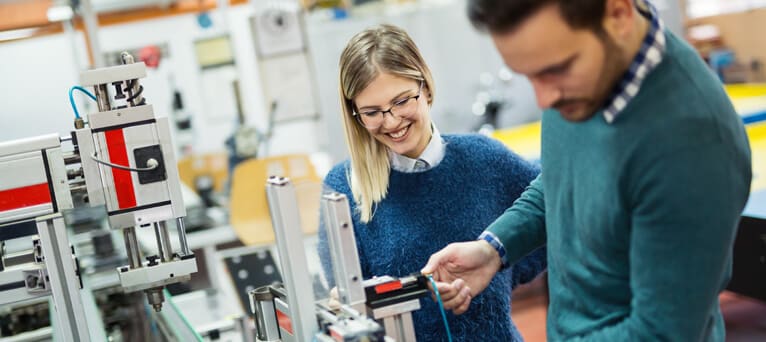In recent years, it has become possible to fabricate materials down to just a single atom in thickness. Compared to their bulk counterparts, this nanostructuring approach can drive a host of major changes in their material properties, from electronic transport and optical activity to the way in which electrons in these systems interact with each other and the underlying crystal lattice in which they reside. A way to further control these interactions is via ultrafast (fs) laser excitation. Importantly, such excitation can now be combined with a precise probe of how the electron motion in solids is modified, via time- and angle-resolved photoemission spectroscopy (TR-ARPES). In this project, you will fabricate crystals in the two-dimensional limit using ultra-high vacuum-based growth techniques, and study the resulting electronic properties of the materials using both static and TR-ARPES techniques. A particular initial focus will be in the optical control of correlated and magnetic orders in these systems. This PhD project forms part of an ambitious research programme to be undertaken jointly between the Electronic Structure of Quantum Materials group at the University of St Andrews, Scotland (www.quantummatter.co.uk/king), and the Artemis program at the U.K Central Laser Facility, Rutherford Appleton Laboratory, in Oxfordshire (https://www.clf.stfc.ac.uk/Pages/Artemis.aspx). Your project will exploit a unique UK capability for integrated materials synthesis and electronic structure study in St Andrews (www.quantummatter.co.uk/research), and the recently-upgraded state-of-the-art capabilities for TR-ARPES at the Rutherford Appleton Lab (https://www.clf.stfc.ac.uk/Pages/100-kHz-IR-upgrade.aspx). You will be based in St Andrews for approximately half of the project, and in Oxfordshire for the other half, and will additionally attend synchrotron beamtimes at leading international facilities; a willingness to travel is thus an essential pre-requisite! Candidates should have a degree in physics or a related discipline. Laboratory experience with ultra-high vacuum techniques, synchrotron or laser science, or crystal growth is helpful but not required. For more information, contact [Email Address Removed] or [Email Address Removed].

 Continue with Facebook
Continue with Facebook




